What are the Elements of a System? Types of Systems
4 min read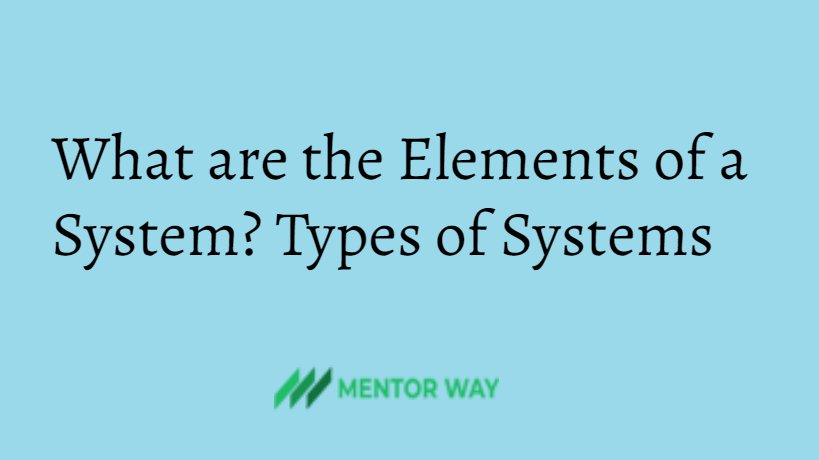
The basic three elements of a system are:
- Input
- Processing
- Output
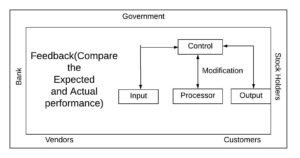
In addition of this, four more elements play an important role. These are:
- Control
- Feedback
- Environment
- Boundaries & Interface
Therefore the key elements of a system are:
Output
First of all, we must determine what the objectives or goals are, what we intend to achieve. Once we know our aim, we can try to achieve it in the best possible way.
Input
Once we know the output, we can easily determine what the input should be.
Processes
Here we come to the details of how the inputs & files are converted into outputs. Processes may modify the input totally or partially depending on the specifications of the output.
Control
Control of the system is the decision-maker that controls the activities of accepting input processing and producing output.
For Eg.
In an organizational context, management as a decision making body controls the inflow, handling, and outflow of activities that affect the welfare of the business.
Feedback
The feedback of the output allows it to be measured against some standards& making adjustments in the processing accordingly.
Environment
The environment is the source of external elements that have an effect on the system. In fact, it determines how a system must function.
Boundaries & Interfaces
A system should be defined by its boundaries- the limits that identify its components, processes & interrelationships when interfaces with another system.
For Eg.
A teller system in a commercial bank is restricted to the deposits, withdrawals & related activities of customers checking and savings accounts.
Types of Systems
Common classifications are
Open & closed systems
Deterministic & probabilistic systems
Physical or abstract systems
Main Made information systems
-
Open & Closed Systems
An open system is a system that interacts freely with its environment.
This type of system can adapt to changing internal & environmental conditions.
Eg.
Business organization, human being.
A closed system is one which is self-contained.
It has no interaction with its environment.
For Eg.
A computer program which processes predefined input in a predefined way.
-
Deterministic & Probabilistic Systems
The behavior of a deterministic system is completely known.
There is no uncertainty involved in defining the outputs of the systems knowing the inputs. This implies that the interaction between various subsystems is known with certainty.
Eg.
Computer Program.
In the probabilistic systems, the behavior cannot be predicted with certainty, only probabilistic estimates can be given.
In this case, the interactions between various subsystems cannot be defined with certainty.
-
Physical and Abstract systems
Physical systems are tangible or visible systems. That is a tangible system can be seen, touched, counted, etc.
Physical systems may operate statically or dynamically.
For Eg.
A programmed computer is a dynamic system because of data, program& output change as the user’s demand changes.
For Eg.
A model, an algorithm or an equation.
-
Man- Made Information System
It is generally believed that information reduces uncertainty about a state or event.
For Eg.
Information that the weather will be good tomorrow reduces over uncertainty about whether or not a football game will be played.
Information System
An information system is an organized set of components for collecting, transmitting, storing& processing data in order to deliver information for action.
The major information systems are
- Formal Information Systems
- Informal Information Systems
- Computer Based Information Systems
Formal Information Systems
A formal information system is based on the organization represented by the organization chart.
Types of Floral Information System
- Strategic Information System
- Tactical Information System
- Operational Information System
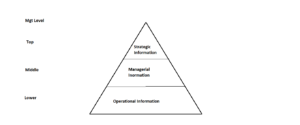
Informal Information Systems
An informal information system is an employee based system designed to meet personnel & vocational needs & to help in the solution of work-related problems.
It also directs information upward, through indirect channels. In this way, it is considered to be a useful system because it works within the framework of the business & its stated policies.
Computer-Based Information Systems:
Common computer-based information systems are
TPS(Transaction Processing System)
The system required to obtain operational information is known as TPS. These systems are concerned with carrying out simple but repetitive computations on a large number of records like maintenance of inventory records, payroll preparation, etc.
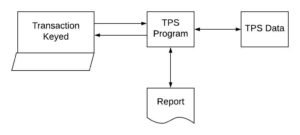
MIS(Management Information System)
The system required to obtain tactical information is known as MIS. These systems assist lower management in problem-solving & making a decision. They use the results of transaction processing & some other information also.
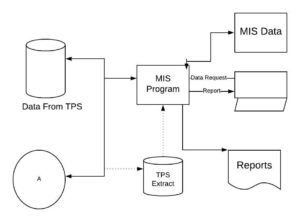
DSS(Decision Support System)
The system required to obtain strategic information is known as DSS. These systems assist higher management to make long term decisions. These type of systems handle the unstructured or semi-structured decision.
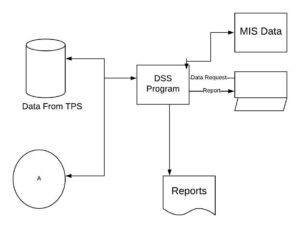
Hope You Liked This Article. Keep Visiting Mentorway for more articles like this.



